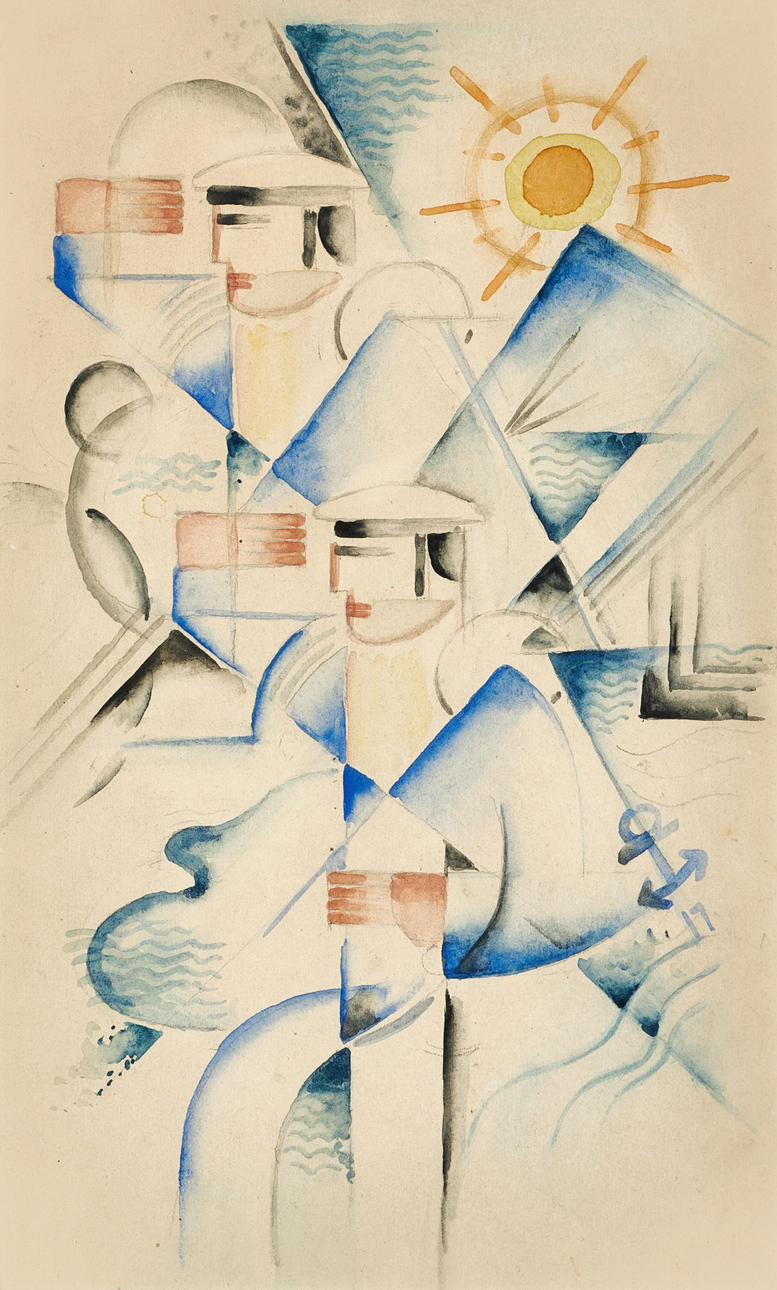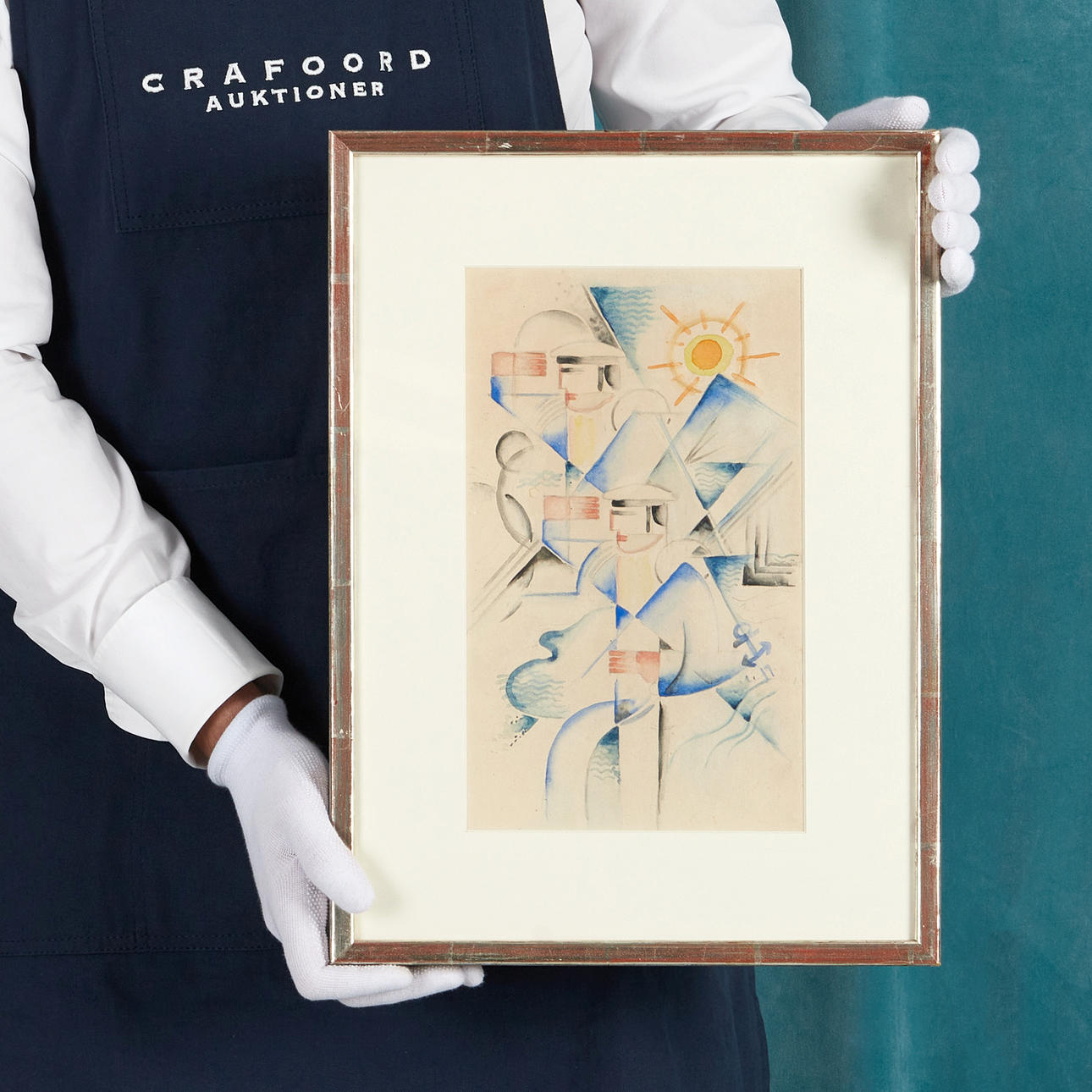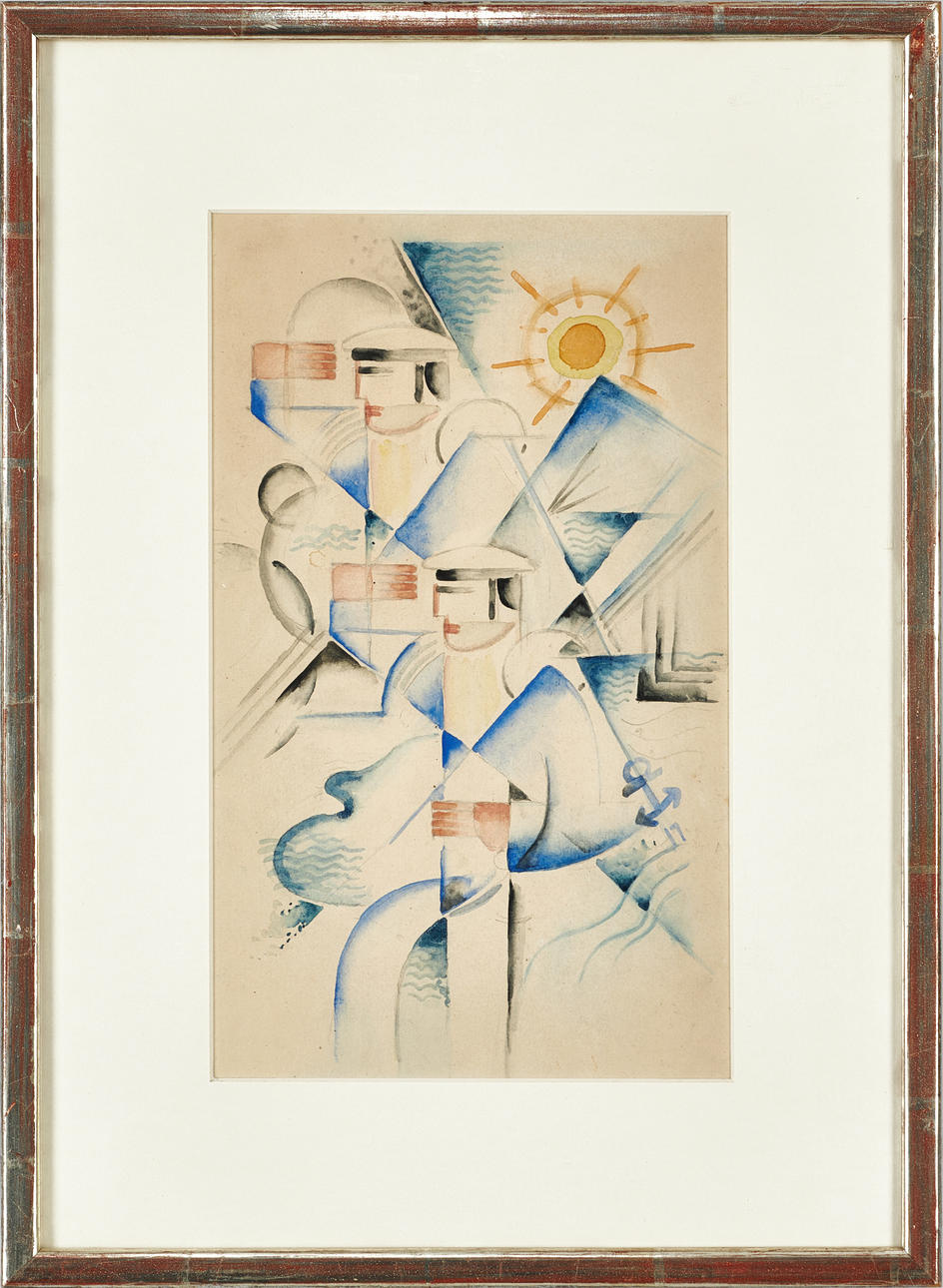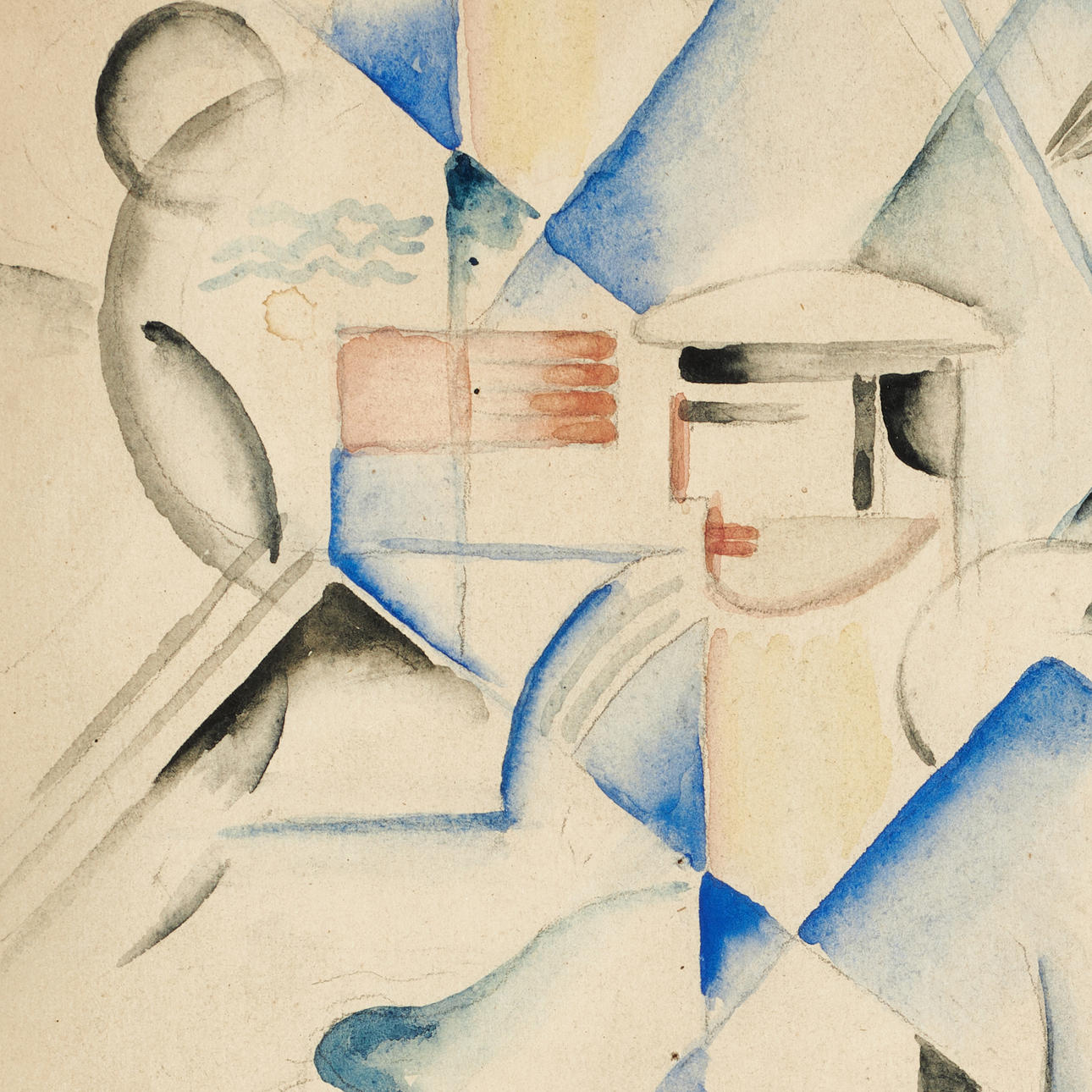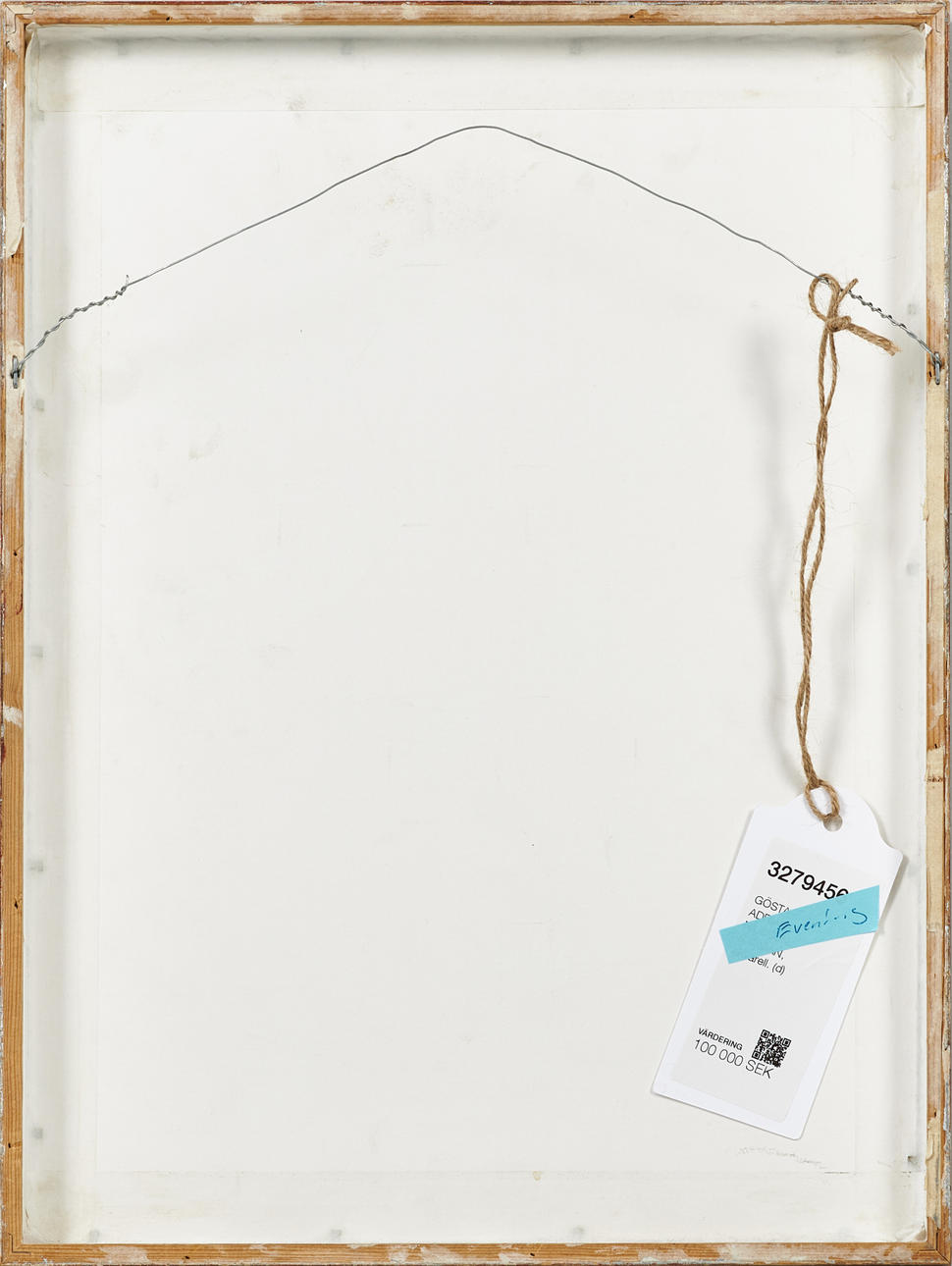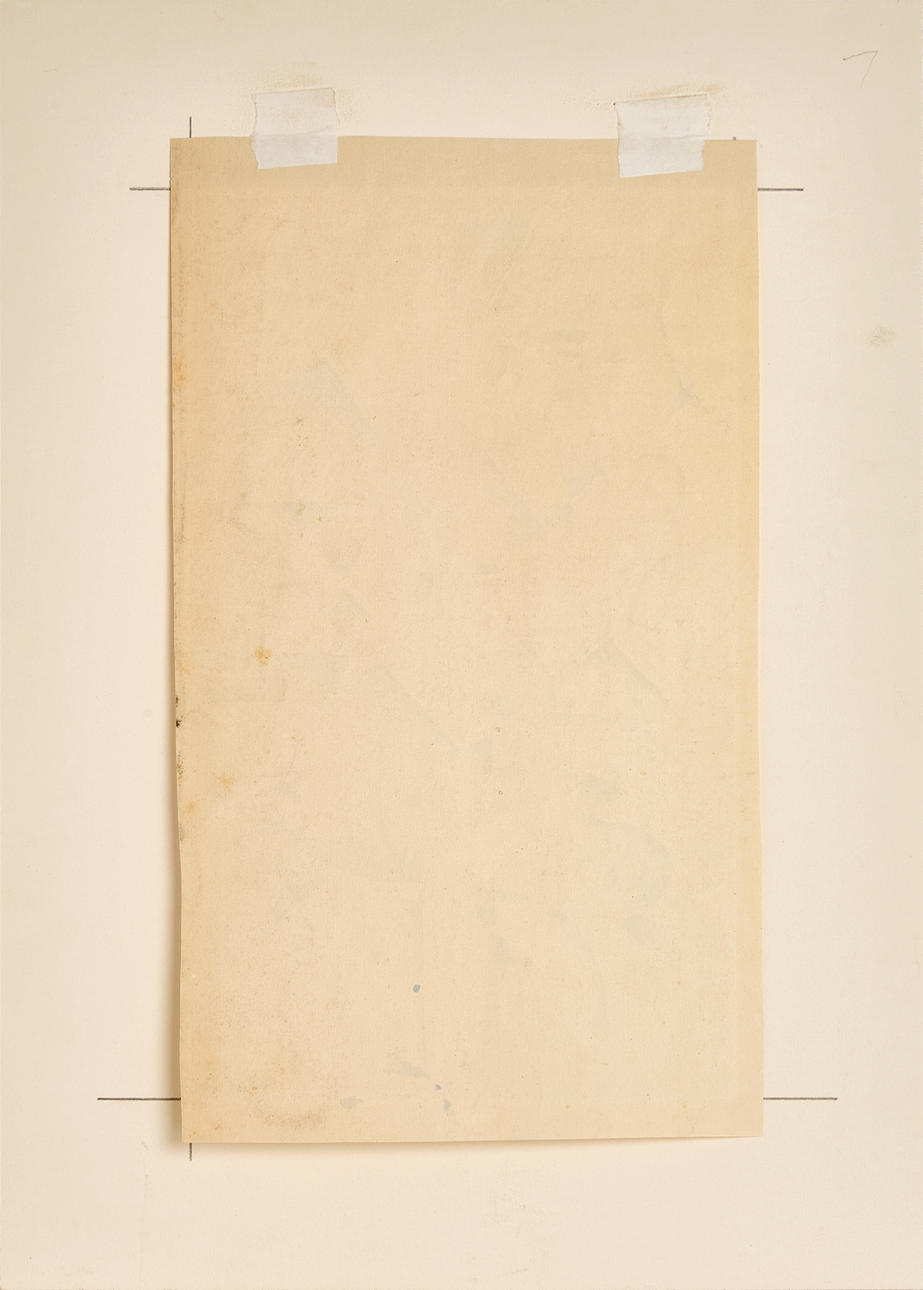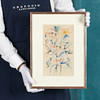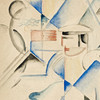
GÖSTA ADRIAN-NILSSON (Sweden, 1884-1965), Sailors, signed only with anchor, and dated -17, watercolour on paper.
This auction is closed, but maybe you like the following items?

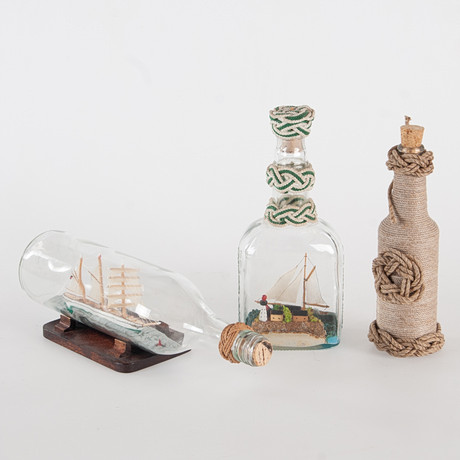

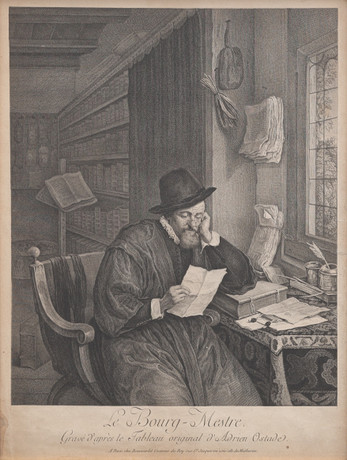
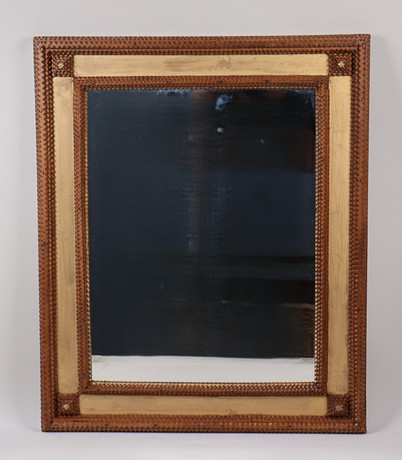
Description
Approx 28x17cm
Incl frame
Provenance:
Private collection, Västervik.
Antique dealer Bo Johansson, Björnkulla (Västervik)
Private collection Stockhom, acquired from the above circa 1983.
Around 2010 Jan Torsten Ahlstrand visited the seller in Stockholm, examined and approved the watercolour.
Literature: Jan Torsten Ahlstrand: “GAN. Gösta Adrian-Nilsson. The modernist pioneer from Lund. 1884-1920". Lund in 1985. Compare watercolor page 116.
Kulturen i Lund has in its collections a watercolour painted by GAN in 1917 (KM 69751), and which is briefly called “Kanonexcercis på Fylgia”. The Cubist composition shows two sailors, one of whom salutes under a bright sun among the guns of the armored boat. The similarities with the auction watercolor, and especially the uppermost sailor in the composition are striking: the sailors are on both watercolors facing left, making salutes and having a radiant sun behind them, which is partially covered by some Cubist form elements. However, the second sailor, found further down in the picture, differs between the two works. Here he looks to the left and is almost identical to his companion, while the sailor on the watercolor in the Culture collection looks to the right. The main difference between these works is the surroundings, although Cubist, here the sailors seem to have gone ashore and we discern blue waves in the distance and perhaps a hint of solid ground.
Sailors and sailors are motifs that fill GAN's paintings at this time. In the spring of 1917, he had met 22-year-old sailor Edvin Andersson, a torpedo commander who was undergoing his corporal training at the 2nd Fire Company of the Royal Navy. Jan Torsten Ahlstrand writes about the young sailor: “Andersson, who served on board the armoured boat Fylgia, was a tall and shoulder-width young man, simple and forthright in manner with a well-trained physique. He had, among other things, tried boxing and diving in the navy. In a photo from that time, in which Andersson poses in a white sailor suit, he looks like the very incarnation of the concept of 'a Swedish sailor'. It was precisely the kind of stately, well-built young sailors that the short-grown GAN admired most” (Ahlstrand, 1985, p. 99).
The interest in sailors can already be found in GAN's art before, but it is only after the long-awaited move to the big city, to Stockholm in 1916, that it blossoms into full bloom. On June 9, 1916, he wrote in his diary: “How beautiful does not the image of the millions of arc lamps of the metropolis, the electric signs, the asphalt, the iron pillars of the viaducts, the ferocious speed of the underground trains radiate! In the network of wires, the modern city has its nervous system, through the dazzling veins of the streets flow warm human bodies, wagons heavy with power roll through its heart” (Ahlstrand 1985, p. 85). Stockholm offered completely different opportunities than Lund - there were prominent young artists, galleries and a lively art world. There was even another world that attracted GAN, life around Berns Salonger and contact with “the blue ones”. Poor flotists in need of money. Homosexual prostitution thrived in Berzeeli park and around Norrmalmstorg, right in the vicinity of Bern's fancy salons.
In his painting, GAN portrays the sailors as anonymous, and he himself explains: “The armored boat I paint, the sailors I choose to crew, are merely symbols of the building of all armored boats, the lives of all sailors. It is not in my interest to portray a particular boat, a particular sailor. By taking my task symbolically, and only thereby, can I have a view succeed in giving the inner meaning of the gray weight of the armor, the green lightness of the water, the blue power of the sailor body. In reality, the color and shape of the sails and armored boats have only an external connection with the color and shape of the sailing hulls. In a painting that wants to be more than a realistic perception of a stupid reality, which wants to be an abstract vision of a reality more real than the optical one, in such a painting, the arc line of the sail curves the sailor's body, and the straight firmness of the armored turret straightens it. (Ahlstrand 1985, pages 117-118). The watercolour's two resilient sailors fit well into GAN's description of the idealised and anonymised sailor, as well as that of the sailor hotly desired by GAN.
Condition
No remarks.
Resale right
Theme
Do you have something similar to sell? Get your items valued free of charge!
Bidding
Have your item valued free of charge.
Bid history
| 8 A | 25 Feb, 08:46 | 15 238 EUR |
| 11 | 25 Feb, 08:46 | 14 790 EUR |
| 8 A | 25 Feb, 07:25 | 14 341 EUR |
| Show all 34 bids | ||
Description
Approx 28x17cm
Incl frame
Provenance:
Private collection, Västervik.
Antique dealer Bo Johansson, Björnkulla (Västervik)
Private collection Stockhom, acquired from the above circa 1983.
Around 2010 Jan Torsten Ahlstrand visited the seller in Stockholm, examined and approved the watercolour.
Literature: Jan Torsten Ahlstrand: “GAN. Gösta Adrian-Nilsson. The modernist pioneer from Lund. 1884-1920". Lund in 1985. Compare watercolor page 116.
Kulturen i Lund has in its collections a watercolour painted by GAN in 1917 (KM 69751), and which is briefly called “Kanonexcercis på Fylgia”. The Cubist composition shows two sailors, one of whom salutes under a bright sun among the guns of the armored boat. The similarities with the auction watercolor, and especially the uppermost sailor in the composition are striking: the sailors are on both watercolors facing left, making salutes and having a radiant sun behind them, which is partially covered by some Cubist form elements. However, the second sailor, found further down in the picture, differs between the two works. Here he looks to the left and is almost identical to his companion, while the sailor on the watercolor in the Culture collection looks to the right. The main difference between these works is the surroundings, although Cubist, here the sailors seem to have gone ashore and we discern blue waves in the distance and perhaps a hint of solid ground.
Sailors and sailors are motifs that fill GAN's paintings at this time. In the spring of 1917, he had met 22-year-old sailor Edvin Andersson, a torpedo commander who was undergoing his corporal training at the 2nd Fire Company of the Royal Navy. Jan Torsten Ahlstrand writes about the young sailor: “Andersson, who served on board the armoured boat Fylgia, was a tall and shoulder-width young man, simple and forthright in manner with a well-trained physique. He had, among other things, tried boxing and diving in the navy. In a photo from that time, in which Andersson poses in a white sailor suit, he looks like the very incarnation of the concept of 'a Swedish sailor'. It was precisely the kind of stately, well-built young sailors that the short-grown GAN admired most” (Ahlstrand, 1985, p. 99).
The interest in sailors can already be found in GAN's art before, but it is only after the long-awaited move to the big city, to Stockholm in 1916, that it blossoms into full bloom. On June 9, 1916, he wrote in his diary: “How beautiful does not the image of the millions of arc lamps of the metropolis, the electric signs, the asphalt, the iron pillars of the viaducts, the ferocious speed of the underground trains radiate! In the network of wires, the modern city has its nervous system, through the dazzling veins of the streets flow warm human bodies, wagons heavy with power roll through its heart” (Ahlstrand 1985, p. 85). Stockholm offered completely different opportunities than Lund - there were prominent young artists, galleries and a lively art world. There was even another world that attracted GAN, life around Berns Salonger and contact with “the blue ones”. Poor flotists in need of money. Homosexual prostitution thrived in Berzeeli park and around Norrmalmstorg, right in the vicinity of Bern's fancy salons.
In his painting, GAN portrays the sailors as anonymous, and he himself explains: “The armored boat I paint, the sailors I choose to crew, are merely symbols of the building of all armored boats, the lives of all sailors. It is not in my interest to portray a particular boat, a particular sailor. By taking my task symbolically, and only thereby, can I have a view succeed in giving the inner meaning of the gray weight of the armor, the green lightness of the water, the blue power of the sailor body. In reality, the color and shape of the sails and armored boats have only an external connection with the color and shape of the sailing hulls. In a painting that wants to be more than a realistic perception of a stupid reality, which wants to be an abstract vision of a reality more real than the optical one, in such a painting, the arc line of the sail curves the sailor's body, and the straight firmness of the armored turret straightens it. (Ahlstrand 1985, pages 117-118). The watercolour's two resilient sailors fit well into GAN's description of the idealised and anonymised sailor, as well as that of the sailor hotly desired by GAN.
Condition
No remarks.
Resale right
Theme
Do you have something similar to sell? Get your items valued free of charge!

